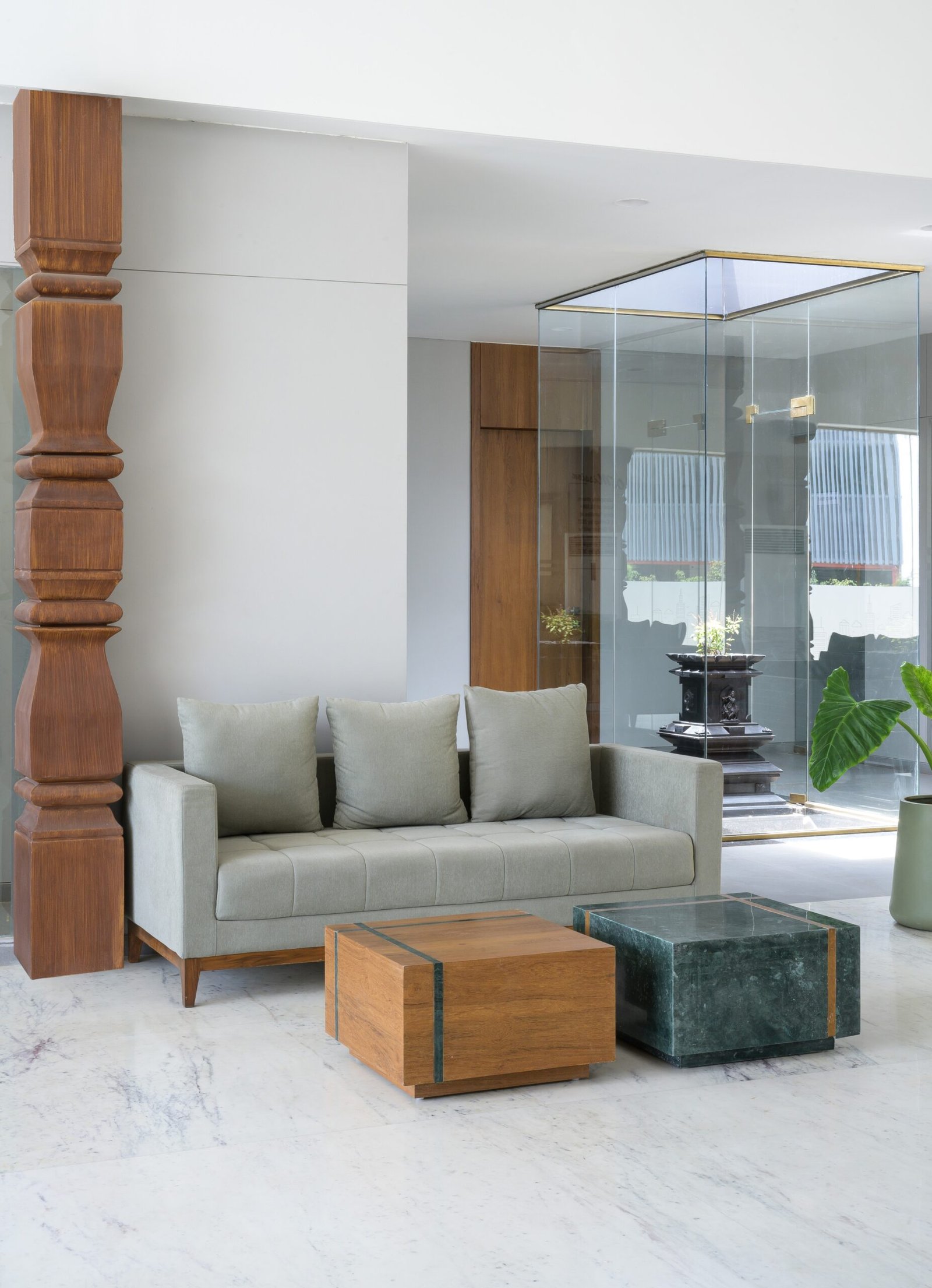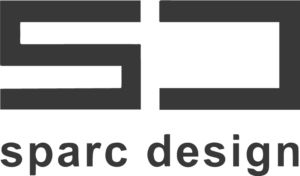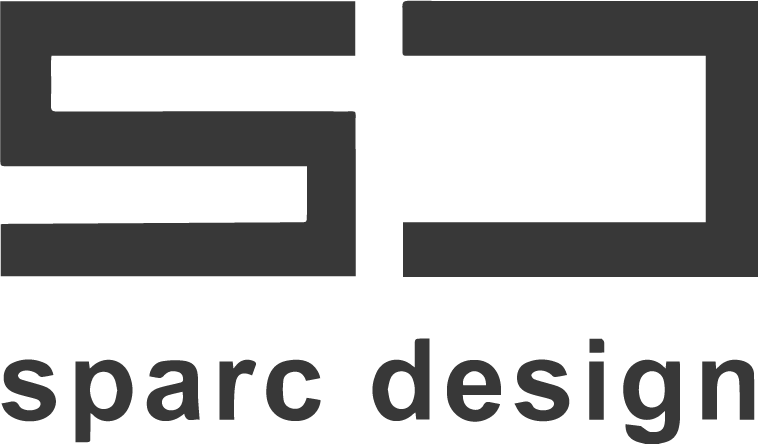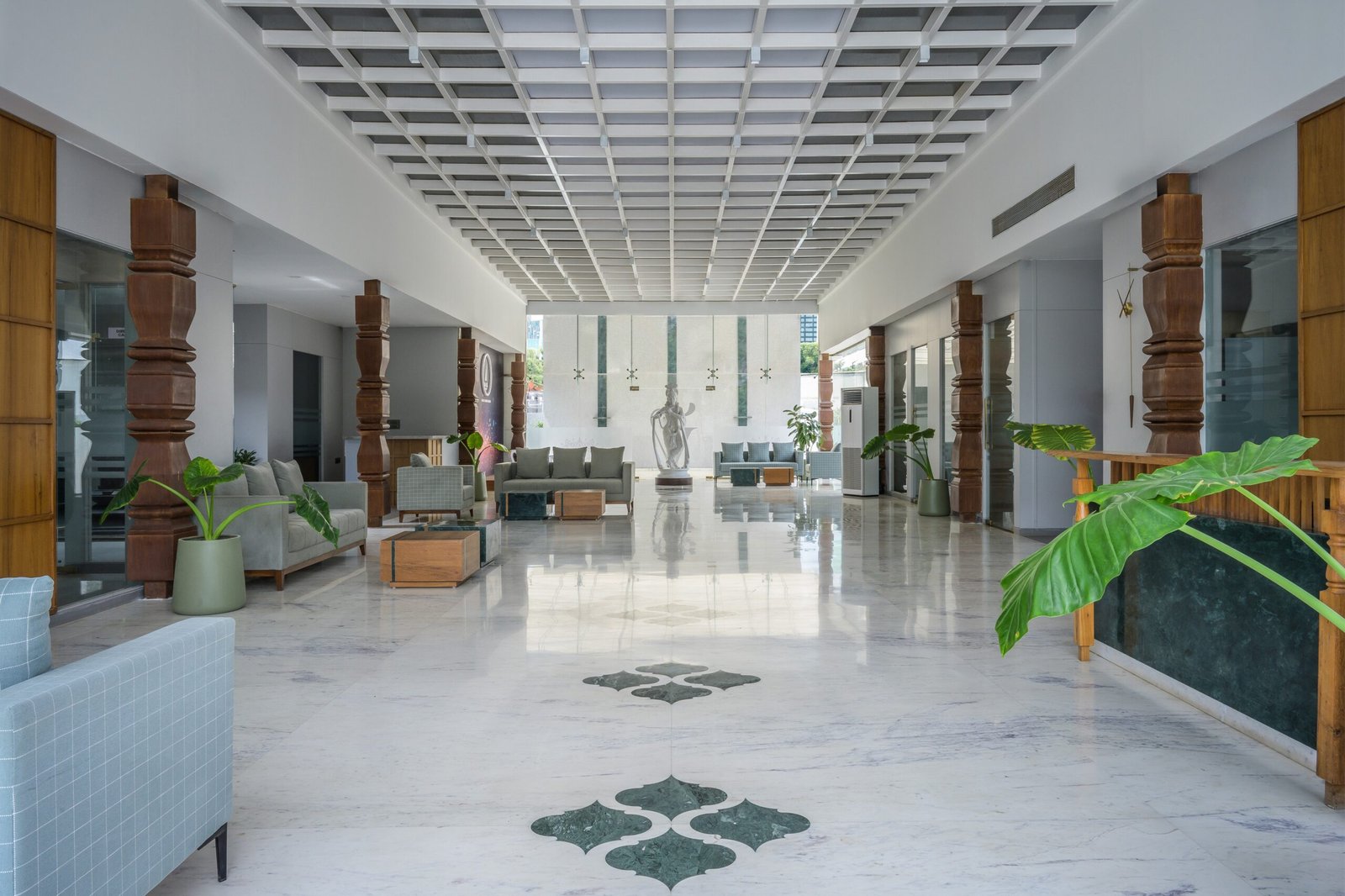In today’s competitive business environment, the design of an office space plays a critical role in attracting top talent and driving productivity. Gone are the days when a simple, utilitarian layout was sufficient. Modern companies now understand that a well-designed workspace not only supports day-to-day operations but also enhances employee satisfaction, creativity, and collaboration. This evolution from traditional office spaces—characterized by isolated cubicles and rigid seating arrangements—to innovative, open-plan designs reflects the changing needs of the workforce.
In this blog, we explore seven key elements that make office spaces both functional and appealing, drawing on design philosophies recommended by Sparc Design. We also emphasise how strategic corporate office design can transform your workplace into an environment that motivates employees, fosters innovation, and reinforces your brand identity.
1. Open and Comfortable Layout
A key trend in modern office design is the move from a traditional layout to an open and comfortable space that inspires collaboration. Today’s offices are designed to eliminate physical barriers and encourage free communication. An open layout facilitates spontaneous interactions and supports the fluid exchange of ideas. By incorporating adjustable ergonomic furniture—such as chairs, desks, and monitor stands—companies ensure that functionality and comfort go hand in hand. This approach not only improves employee well-being but also helps create a workspace where innovation can flourish. An effective open layout demonstrates that modern office spaces can be both inviting and efficient.
2. Quiet Zones for Focus and Privacy
Even the most dynamic work environments require areas where employees can focus without distraction. Integrating quiet zones within the workspace provides essential spaces for deep concentration. These zones, which may include soundproof booths or isolated pods, allow employees to work on tasks that require undivided attention. This balance of open, collaborative areas with quiet zones ensures that every employee’s needs are met. Whether engaging in teamwork or solitary tasks, employees benefit from having multiple options within the same environment. In a well-thought-out corporate office design, quiet zones are as important as open spaces, offering versatility and catering to diverse work styles.

3. Integration of Biophilic Elements
Biophilic design is emerging as a cornerstone of modern office aesthetics. By incorporating elements of nature—such as abundant natural light, indoor plants, and green walls—offices not only become more visually appealing but also healthier and more energizing. Exposure to natural elements has been shown to reduce stress, boost mood, and increase overall productivity. Bringing the outdoors into the workspace helps create a calming environment that supports both the physical and mental well-being of employees. This thoughtful integration sets modern office spaces apart from the rigid, lifeless confines of a traditional office layout, ensuring that work areas are both inspiring and rejuvenating.
4. Inviting Break Rooms
A truly functional yet appealing office is one that recognizes the importance of downtime. Inviting break rooms are an essential component of modern workspace design. These areas are more than just places to eat—they are dedicated spaces where employees can relax, socialize, and recharge. Whether it’s through recreational activities like table tennis or simply a quiet corner for a coffee break, break rooms provide an opportunity for employees to unwind and refresh their minds. An engaging break room supports a vibrant office culture, helping to relieve stress and stimulate creative thinking. When break rooms are well-designed, they contribute significantly to a positive overall atmosphere within a modern office space.
5. Tech-Savvy Spaces
In our rapidly evolving digital age, technology is a vital element of any office design. A tech-savvy workspace equipped with high-speed internet, cutting-edge video conferencing systems, digital whiteboards, and collaborative software enables seamless communication and efficient workflows. These technological tools not only boost productivity but also ensure that the office is prepared for future innovations. Incorporating advanced tech elements into the workspace transforms it into a smart environment that meets the demands of today’s fast-paced business world. This integration is a critical component of modern corporate office design, where form and function work together to create a forward-thinking work environment.
6. Social and Collaborative Zones
At the heart of any innovative workspace is a culture of collaboration. Social and collaborative zones are designed specifically to foster teamwork and creative brainstorming. These zones include informal lounges, designated meeting areas, or brainstorming corners outfitted with writable surfaces and comfortable seating. Such spaces encourage spontaneous conversations and the exchange of ideas, which are essential for driving innovation. A well-planned collaborative area helps transition employees from solitary work to group interaction seamlessly. This aspect is particularly vital in a modern corporate space, where the balance between individual focus and collaborative engagement can directly impact overall productivity and job satisfaction.
7. Automated and Smart Systems
The final element in crafting an office that is both functional and appealing is the integration of automated and smart-systems. Technologies like automated lighting, smart thermostats, air quality sensors, and energy-efficient fixtures are rapidly becoming standard in contemporary workspaces. These smart-systems continuously monitor and adjust the environment, ensuring optimal comfort while reducing energy consumption and operational costs. By embracing automation, companies can create workspaces that are not only more efficient but also sustainable. This forward-thinking approach to technology is a hallmark of innovative designs of corporate office and sets the stage for a future-ready workspace.
Sparc Design’s Vision
Sparc Design stands at the forefront of workplace innovation, transforming traditional workspaces into dynamic, modern environments. Their approach is rooted in the belief that an inspiring workspace can redefine employee experiences. By blending modern aesthetics with functional design, Sparc Design creates environments that are both visually striking and highly efficient. Their projects highlight sustainable practices, ergonomic solutions, and the latest technological integrations to produce office spaces that not only attract the best talent but also support ongoing growth and creativity. Sparc Design’s work serves as a powerful example of how thoughtful corporate office design can drive success in a modern office space.
Ready to transform your workspace? Contact Sparc Design today to explore how their expertise can help you create an office that is both functional and appealing. Schedule a consultation and take the first step toward a brighter, more innovative future for your organization.

Bringing It All Together
A well-designed office is more than just a collection of furniture and technology—it is a carefully curated environment that balances functionality with aesthetic appeal. The shift from a traditional layout to modern, open, and tech-integrated spaces marks a significant transformation in how companies view their work environments. By focusing on open layouts, quiet zones, biophilic elements, inviting break rooms, advanced tech, collaborative areas, and smart systems, organizations can create workspaces that are both productive and inspiring.
Investing in strategic office designs is not merely about creating a visually appealing space—it is about building an environment where employees can thrive. When every element of the workspace is thoughtfully designed, it sends a strong message to both current and potential employees that the company values innovation, well-being, and collaboration. In today’s competitive landscape, a modern offices are essential for attracting the best talent and driving business success.
Conclusion
In summary, modern office design is all about creating spaces that are both functional and appealing. The evolution from a traditional office layout to open, flexible, and technologically advanced workspaces is reshaping the corporate world. Through strategic corporate office design and the expert guidance of Sparc Design, companies can build environments that foster creativity, enhance employee satisfaction, and drive overall productivity. By integrating the seven key elements outlined in this blog, organizations can redefine their workspace and cultivate a culture that values both innovation and well-being. Embrace the future of workplace design and transform your office into a modern corporate office that truly supports the dynamic nature of today’s workforce.

FAQs
What are the key elements of an effective corporate office design?
A well-designed corporate office incorporates open layouts, quiet zones, biophilic elements, smart technology, inviting break rooms, and collaborative areas. These elements create a balanced environment that enhances productivity, promotes well-being, and supports seamless communication among employees.How does Sparc Design enhance modern corporate office spaces?
Sparc Design specializes in creating dynamic and functional workspaces by blending aesthetics with practical design. Their expertise in ergonomics, sustainable materials, and technological integration ensures offices that inspire creativity, boost efficiency, and attract top talent.Why is a traditional office layout no longer effective?
A traditional office layout with rigid cubicles limits collaboration, creativity, and employee engagement. Modern corporate office design prioritizes flexibility, comfort, and technology-driven solutions, ensuring a dynamic workspace that adapts to the evolving needs of businesses and employees.What role does technology play in corporate office design?
Technology enhances office efficiency through smart automation, high-speed connectivity, and digital collaboration tools. These innovations streamline workflows, improve communication, and create a future-ready workspace that keeps businesses competitive in the modern corporate landscape.How can Sparc Design help businesses create functional yet appealing offices?
Sparc Design crafts office spaces that seamlessly blend style and functionality. By integrating ergonomic furniture, biophilic elements, and smart systems, they transform work environments into inspiring hubs of productivity and innovation, tailored to each company’s unique needs.


